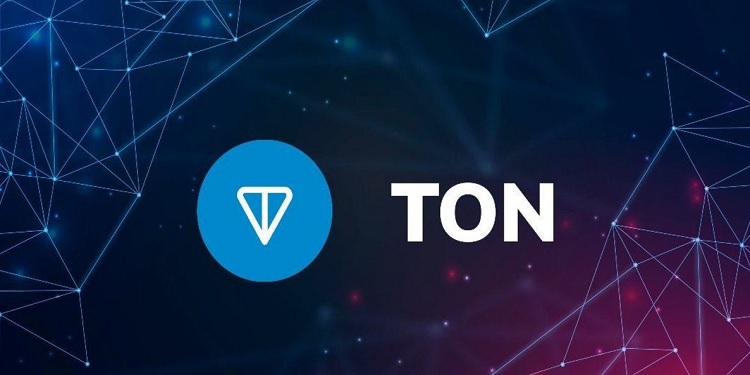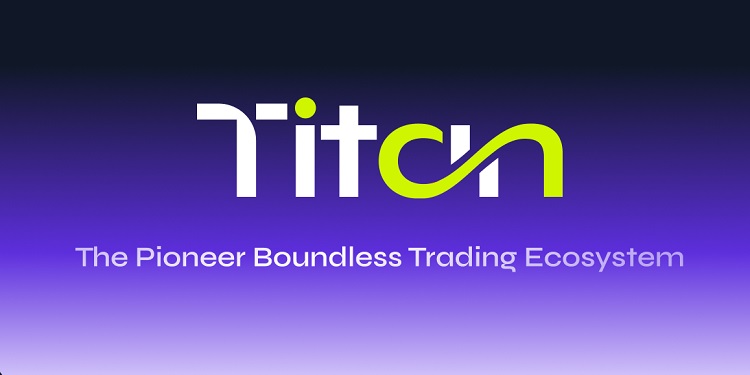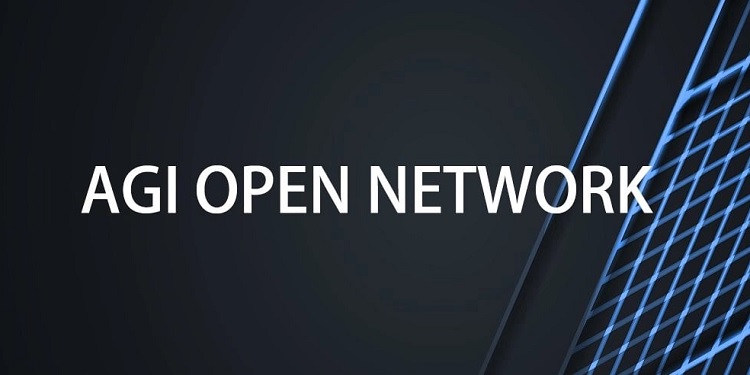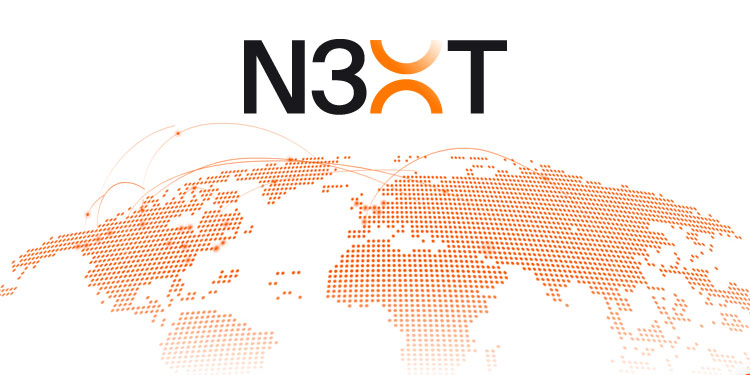India has embarked on a transformative journey in digital governance with the introduction of the National Blockchain Framework (NBF). This initiative is designed to integrate blockchain technology into various sectors, fundamentally altering how government services function. Given the country’s vast and diverse landscape, the adoption of decentralized, secure, and transparent solutions is considered both innovative and essential.
The primary objective behind this initiative is to enhance efficiency, trust, and security within public systems. Blockchain technology is expected to bring significant improvements across different domains, including land records and supply chains. By streamlining bureaucratic processes, the framework aims to eliminate corruption, increase efficiency, and provide seamless citizen services. Rather than being a singular system, the NBF represents a multi-tiered infrastructure designed to facilitate interactions among government entities, businesses, and citizens.
Core Features of the National Blockchain Framework
The framework incorporates several key features to optimize governance operations:
Decentralization: Eliminating single points of failure to enhance security.
Transparency: Immutable records that minimize corruption and foster accountability.
Interoperability: Seamless integration with both government and private sector platforms.
Smart Contracts: Automating contract execution to improve legal and business efficiency.
Data Security: Utilizing end-to-end encryption to ensure privacy and protection against cyber threats.
This initiative will complement India’s existing digital infrastructure, such as Digital India and Aadhaar, ensuring that blockchain technology strengthens rather than disrupts current systems.
Blockchain in Critical Public Services
One of the most anticipated applications of blockchain technology in India lies in land and property records. The country has historically faced challenges related to fraudulent transactions, missing documents, and ownership disputes. Transitioning to a blockchain-based ledger is expected to provide a tamper-proof and transparent land registration system.
Additionally, blockchain integration in healthcare services aims to establish a unified patient database. This innovation is expected to reduce redundancies while ensuring real-time access to secure, verifiable medical records across hospitals and clinics.
In logistics and supply chain management, blockchain is set to enhance transparency in sectors such as agriculture, pharmaceuticals, and e-commerce. Farmers, for example, will be able to track their produce from cultivation to the marketplace, leading to fair pricing and reduced fraud.
Blockchain in Voting and Financial Services
India’s electoral system has been under scrutiny for years. The implementation of blockchain-based voting has the potential to make electoral processes more transparent and verifiable. By minimizing risks of tampering and fraud, this approach is expected to boost voter confidence and participation.
With the success of the Unified Payments Interface (UPI), India has already demonstrated leadership in digital transactions. Blockchain technology could further expand these advancements by enabling secure, transparent, and low-cost cross-border remittances. This would provide millions of unbanked citizens access to reliable financial services.
Structural Approach and Implementation Challenges
Blockchain operates as a distributed ledger technology (DLT), meaning data is stored across multiple nodes rather than a centralized database. India’s National Blockchain Framework is designed to utilize a hybrid model, integrating both public and private blockchains based on specific use cases. By implementing a permissioned blockchain model, the framework ensures that only authorized entities can validate transactions, balancing security with operational efficiency.
Despite its potential, several challenges must be addressed for the successful implementation of the framework:
Scalability: Managing millions of transactions for a population exceeding a billion presents significant technical hurdles.
Regulatory Clarity: Blockchain regulations in India are still evolving, particularly regarding cryptocurrency usage.
Public Awareness and Adoption: Educating businesses and citizens on blockchain’s advantages is crucial for widespread implementation.
Data Privacy and Compliance: Ensuring alignment with India’s Data Protection Bill remains a key consideration.
A Step Toward a Digital Future
Despite these obstacles, India’s commitment to digital transformation signals a promising future for blockchain adoption in governance. The government’s proactive approach in research, policy formulation, and collaborations with technology firms indicates that blockchain will play a significant role in the country’s digital governance strategy.
The National Blockchain Framework is more than just a technological upgrade; it represents a shift in governance. From reducing corruption to optimizing service delivery, blockchain is poised to revolutionize public administration in India. As pilot projects progress and policies are refined, India’s digital leadership—demonstrated through UPI and Aadhaar—positions the nation at the forefront of blockchain-driven governance.









